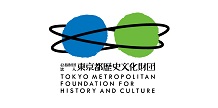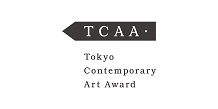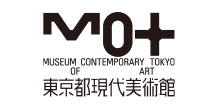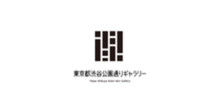CHAO Jiaxing
- TOP >
- Archives >
- Residency Program >
- CHAO Jiaxing
Research Residency Program
update: 2022.11.30
CHAO Jiaxing
| Participating Project | Research Residency Program |
|---|---|
| Activity Based | Shanghai |
| City | Tokyo |
| Period | 2022.9 - 2022.11 |
Purpose of the residency
Ritual is a shifting signifier and a type of technology. We always need it to give us psychological hints and certain authentication, which allow us to go beyond our limitations. The formats of ritual in Asia area are very diverse, and those common cultural elements of humanity might be the common origins in much more earlier times. Ancient rituals as such can also be traced in today's Japan, and have even been preserved more completely and ritually in todays' social scenes. I want to find out the reasons and backgrounds of the interrelation between traditional rituals and contemporary creations.
Plan during the residency
- Explore the daily rituals preserved in Japanese society, includes rituals such as the tea ceremony
- As well as religious rituals that are common in everyday society
- The works about Sports competition was attractive to the artist in east Asia, While the significant meaning of Japan Olympic to Japanese society in history, I want to find out the similar creation in Japan, And I look forward to exploring these factors related to rituality behind the creations
- Collect questions and awareness by organizing online and offline forums
- Carrying out a ritual-fomat presentation through collaborating the local creators
Activities during the residency
Following my previous study of Theseus Ship, a constellation brought by Temples, Market, and Matsuri, including the axis of history and today's society, lead to the viewing. During the residency in TOKAS, under the theme of Rituals as Method in Japan: Arcades/Machi, Temples and Matsuri/Rituals, I invited artists, scholars, creatives, and researchers to reach out 3 workshops to explore the boundaries of this context, 4 participators in each. The contributions from these professionals, including how life in machi-dori (traditional markets) under arcades provides a methodology for looking at creative thinking, the similarity between Matsuri and modern Olympic Games from the perspective of economics, and social structure, the methodology of those ritual base creative activities in Japan, all that helped me gain proofs that support the conclusions I envision.
Outcome of the residency
With a lot of questions under “Ritual as a method in Japan”, I explored the topic in the function of interviews with Monk Toryo Ito, who is the Deputy Head Monk of Ryosokuin, Kennin-ji. He was involved in the interaction between contemporary artists and temples a lot. He explained why zen as a notion related to possibility, refer to creative thinking, why the geographical elements in ten buildings give space to contemporary arts, and how life in those markets under arcades provides his methodology for looking at creative thinking and leads him to his current activities. Furthermore, I got insights from Artists, Masayo Funakoshi who runs interdisciplinary cooking events through running the restaurant, Farmoon and cooking service company, Caravan Nara. She especially looks at Farmoon as a tea room, gradually making a connection with every new guest, which is a compulsive principle in the tea ceremony, inherited from the Japanese warring states period. She also explained the boundary between performance and ritual in her understanding.
Second, I observed different Matsuri in September and October. I found that some large-scale sacrifices have the characteristics of large-scale events like the Modern Olympic Games in terms of organization buildings. Therefore, I am very curious about the perspectives of economic logic and cultural roots behind the communities that support the exaggerated amounts of big Matsuris. Co-organized with TOKAS, a workshop including Shunsue Takeda (Sociologist, Professor at Hosei University), Jang-Chi (Artist Collective, Olta), and Yuhei Higashikata (Artist) strongly delved into the issue.
In the last round, I hosted an online talk, in which curators and artists are invited to respond to rituals as a method in Japan, listening to the analysis. Rucha Kulkarni, artist from Amsterdam shared her performative project based on the Japanese ritual of worship tree and Butoh, and Minh Duc Pham, artist in TOKAS residency, who completed more than two months of ikebana courses, expressed his understanding based on trade-offs in ikebana learning. The comments from curators outside Japan X Zhu-Nowell (Guggenheim Foundation), Goeun Song (WESS, South Korea), and Haruko Kumakura (Assistant Curator, Mori Art Museum), refer to the methodology of those ritual based creative activities in Japan.
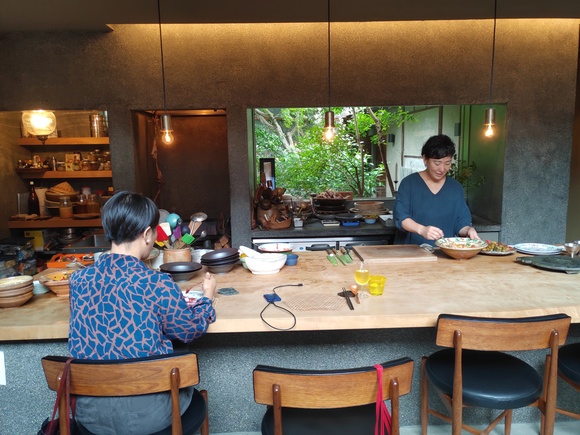
Masayo Funakoshi, Artist and chef of Farmoon was cooking at Farmoon
2022, Photo Courtesy CHAO Jiaxing
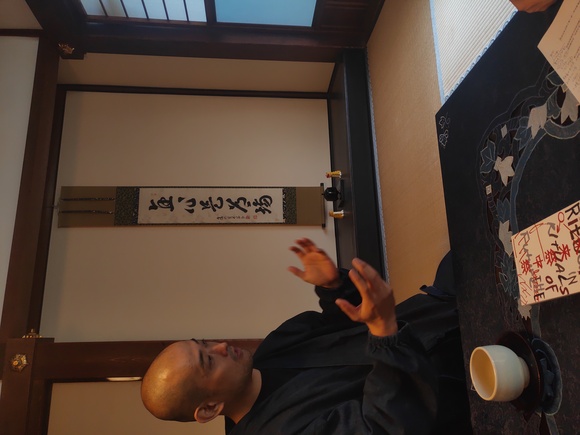
Interviewing Toryo Ito (Deputy Head Monk of Ryosokuin) at Kennin-ji
2022, Photo Courtesy CHAO Jiaxing
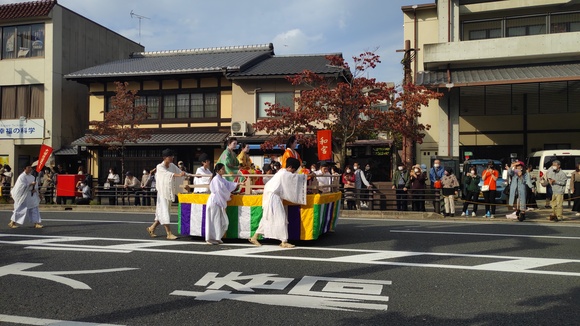
Parade of Jidai Masturi in Kyoto
2022, Photo Courtesy CHAO Jiaxing
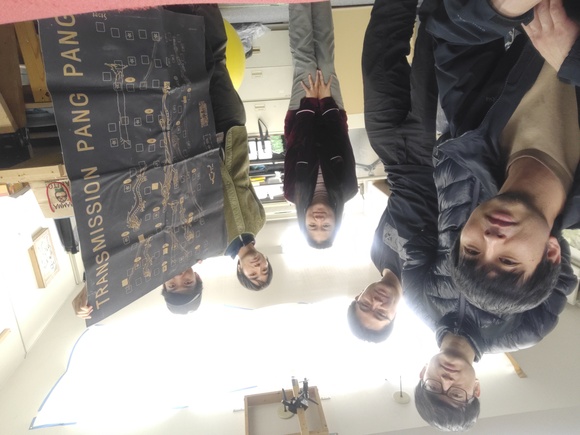
Artist Collective, Olta and CHAO Jiaxing (middle) at Olta's studio
2022, Photo Courtesy CHAO Jiaxing
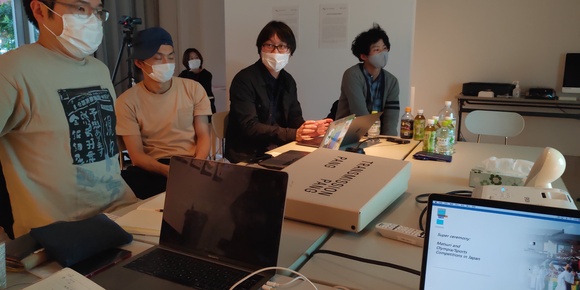
Shunsuke Takeda, Jang-Chi, Yuhei Higashikata, Tatsuhiro Ishikawa in the second workshop curated by CHAO Jiaxing at TOKAS
2022, Photo Courtesy CHAO Jiaxing
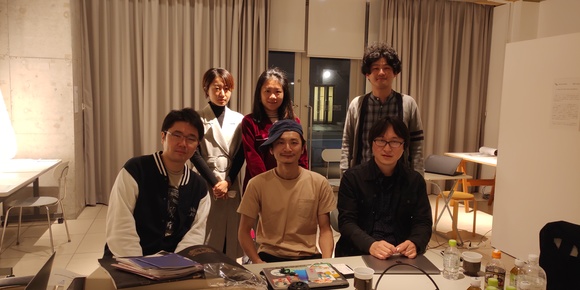
Shunsuke Takeda, Jang-Chi, Yuhei Higashikata, Tatsuhiro Ishikawa in the second workshop curated by CHAO Jiaxing at TOKAS
2022, Photo Courtesy CHAO Jiaxing
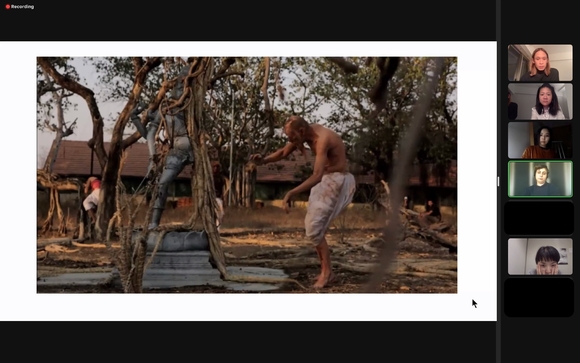
Minh Duc Pham, Rucha Kulkarni
, X Zhu-Nowell,
Goeun Song, Haruko Kumakura in the third workshop
Online curated by CHAO Jiaxing
2022, Photo Courtesy CHAO Jiaxing




